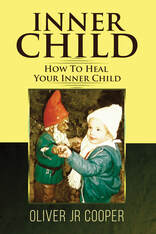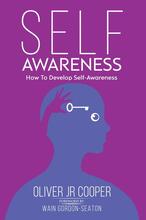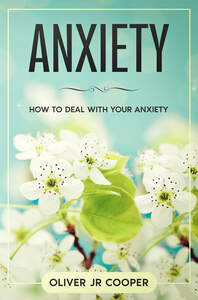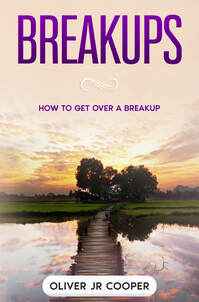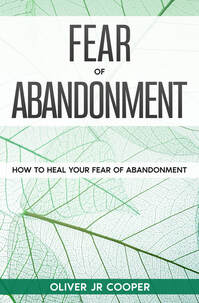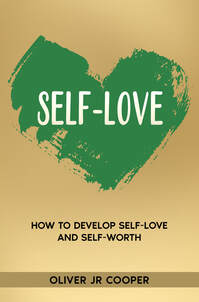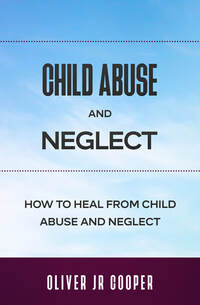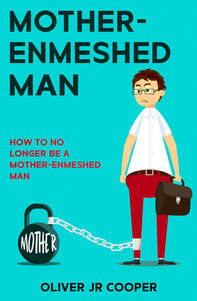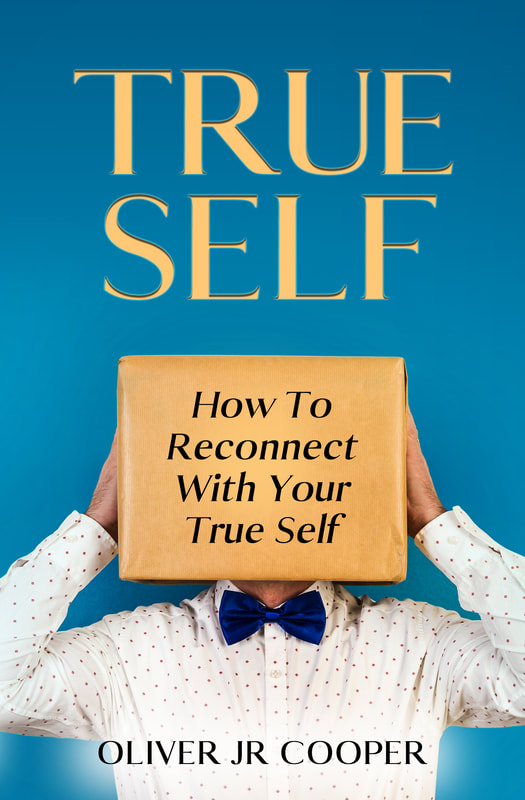|
There is said to be two types of shame. One is described as normal and healthy and the other is said to be abnormal and dysfunctional. Healthy Shame This shame is part of having a healthy conscience; with certain behaviours and actions being kept in check by this feeling. And when ones behaviour is out of place or inappropriate one will feel healthy shame. However, this shame will usually only last so long and it will be felt as a consequence of one’s actions. This could be classed as socially conditioned shame. For example if one was to cheat on ones partner or to steal from a shop; it would be normal to feel shame. Toxic shame Toxic shame is a completely different experience. Healthy shame is felt for ones actions and toxic shame is felt as an identity. It is then no longer felt for ones actions; it is felt as being who one is. Toxic shame means that not only are ones actions defective, but that they as a person are defective. What Does This Mean? So where as healthy shame will usually only last for a short while; the feeling that comes with toxic shame never lessens or ends. This is a feeling that can be triggered through one’s own thoughts and/or by external factors. The Experience When this toxic shame is triggered it is likely to create an extremely unpleasant experience for the individual. Thoughts, feelings, emotions and sensations will consume the mind and body. And these will be far from empowering or reflect ones true self. These can consist of feeling: worthless, useless, humiliated, embarrassed, empty and hopeless. The following emotions can also be experienced; anger, frustration, and rage. And this can also lead to withdrawal, suicidal tendencies, depression and isolation. And although this can be an experience that comes and goes, one can also be in this place or experience constantly. This means through the identification to it, it can be seen as normal and how life is and therefore not even questioned. Where Is This All Coming From? Above I have mentioned about toxic shame coming from both external and internal factors. It can often appear that this whole experience is coming from external situations and events and that one is at the whim of others views and behaviours. With these people having power over how one feels and behaves. Does an individual have the power to control how another person feels or does one have to already feel that way inside? In my experience and study I found that in order for one to feel something, one needs to already have these feelings inside. And that all another can be is a trigger for that which already exists. And if one feels toxic shame, is it who one is or is it the result of something else? Just like above, I have come to understand toxic shame as a consequence of being in an environment with another or others who have toxic shame. It has nothing to do with the individuals involved; it is usually carried from one generation to the other. And it will stay this way unless something changes. Childhood Environment The individual that feels toxic shame is highly likely to have been in childhood environment that included individuals who had toxic shame themselves. This toxic shame gets past from the caregivers and onto the child through lack of awareness. Through the identification with this toxic shame the caregivers have come to embody it. And then as a way to deal with these internal processes (mentioned above) they will act out this pain towards others. The child is weaker than the caregivers and is therefore the perfect target. This is also called projection; with the parts that the caregivers don’t like about themselves, being put onto the child. So although the child has nothing to do with these projections, the child forms an identity based on what the caregiver is not willing to deal with and take responsibility for. The child is like a sponge at this age and does not have the ability to question what it is being told. The toxic shame has taken over the caregivers mind and body and has become like a parasite; with their true self hidden underneath the trauma. How Is Toxic Shame Created? Toxic shame is like any form of abuse in as much as it usually occurs through repetition. So over a period of time, the child could be constantly emotionally and/or physically abused. In a functional environment when the child has made a mistake it will generally be treated in a way that says: your actions are bad, but that doesn’t make you bad. In a dysfunctional environment the child will more or less be treated in a way that says; not only are your actions bad, but you’re also bad. How Can This Play Out? Left unnoticed and out of one’s awareness this can lead to two scenarios. These are: the high achiever and the low achiever. The high achiever could be described as a consequence of resisting the toxic shame and the low achiever a consequence of reacting to it; both of which are two sides of the same coin. This is not to say that every person who is a high achiever has toxic shame. Or that everyone who is low achiever has toxic shame. High Achiever This individual is resisting the toxic shame and may well achieve all that society associates as being successful. By being successful, ones false self or ego will be able to feel a sense of revenge and power over the caregivers. However, the individual is still reacting to this toxic shame and therefore looking for the approval and acceptance of the caregivers. And no matter how much this person achieves in the external world or how much approval they receive from others, it will never be enough. Because of the toxic shame that is felt deep within, it will be practically impossible to internalize and accept this alternate identity. Low Achiever The low achiever on the other hand is not resisting the toxic shame. This person acts in alignment with how the toxic shame dictates. Their level of success and achievement will be extremely low. And this is partly because of the feelings of worthlessness that are created from the toxic shame. Awareness Toxic shame then is a not a true reflection of who one is; a more appropriate description would be that of a parasite and as something that doesn’t belong where it is. The ego mind holds onto the toxic shame because it is familiar and therefore safe. Through the earliest experiences and the years that have passed it has come to know itself based on this toxic shame; its whole identity has been formed as a consequence. So although this toxic shame has no benefits, the mind will still hold onto it. We are not the mind; we are the observers of the mind. And it is through this gradual awareness that one can see who they truly are. This can be achieved through the assistance of a trusted friend, therapist or support group. If you feel this has been of value, please leave a comment, like or get in touch. And feel free to share this article.
Oliver J R Cooper http://www.oliverjrcooper.co.uk/
0 Comments
Your comment will be posted after it is approved.
Leave a Reply. |
Oliver JR CooperAuthor of 27 books, Transformational Writer, Teacher & Consultant. Introductory Consultation
To book your 15-Minute Introductory Consultation, click here.
Disclaimer
That which is contained within these articles is based on my own empirical understanding and is true for me at the time they were written. However, as I continue to grow, what I perceive as the truth will inevitably change and as a result of this - parts of these articles may not reflect my current outlook.
My Books...
|

